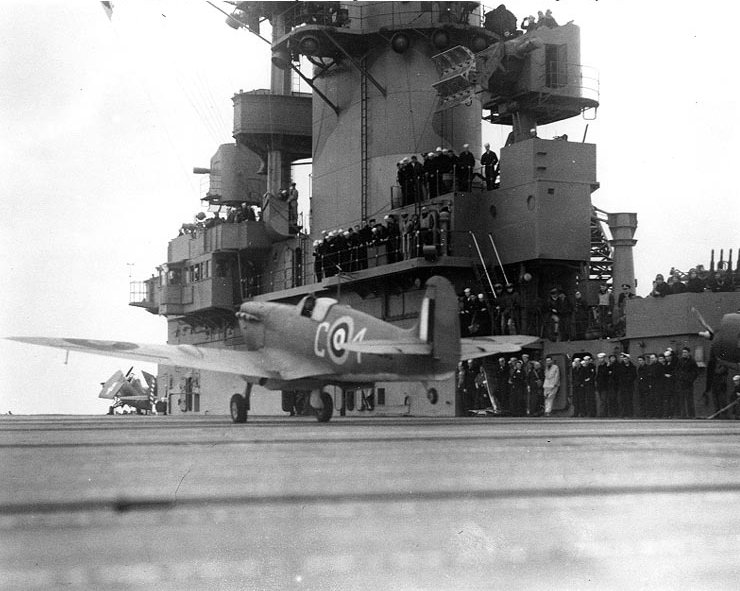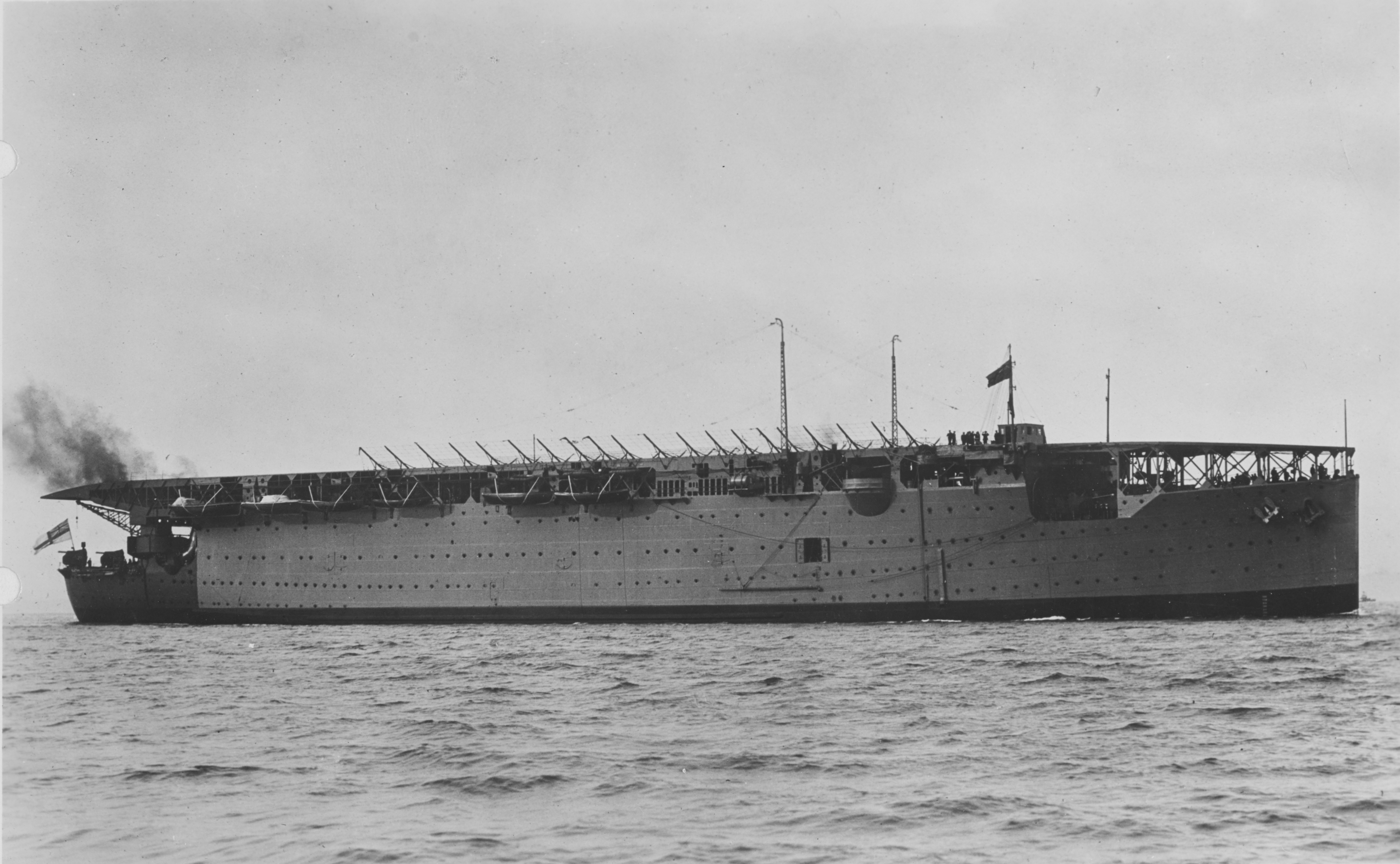Operation Pinpoint on:
[Wikipedia]
[Google]
[Amazon]
Club Run was an informal name for aircraft ferry operations from Gibraltar to Malta during the Siege of Malta in the Second World War. Malta was half-way between Gibraltar to Alexandria and had the only harbour controlled by the British in the area. Malta had docks, repair facilities, reserves and stores, which had been built up since the cession of the island to Britain in 1814. Malta had become an important staging post for aircraft and a base for air reconnaissance over the central Mediterranean. The Axis powers Italy and Germany made several attempts from 1941 to 1942 to either force the British military authorities on the island to surrender or to destroy its effectiveness as a military base. The island was a forward base from which Axis supplies to their North African armies could be attacked. It is a measure of Malta's importance that Britain reassigned fighter aircraft from home defence.
 Ferry missions were covered by
Ferry missions were covered by
 * August 1940 -
* August 1940 -
Spitfire deployment in 1942
Battle of the Mediterranean Malta Convoys Naval battles and operations of the European theatre of World War II
 Ferry missions were covered by
Ferry missions were covered by Force H
Force H was a British naval formation during the Second World War. It was formed in 1940, to replace French naval power in the western Mediterranean removed by the French armistice with Nazi Germany. The force occupied an odd place within the ...
, based at Gibraltar
)
, anthem = " God Save the King"
, song = " Gibraltar Anthem"
, image_map = Gibraltar location in Europe.svg
, map_alt = Location of Gibraltar in Europe
, map_caption = United Kingdom shown in pale green
, mapsize =
, image_map2 = Gib ...
(called The Club), consisting of the battlecruiser
The battlecruiser (also written as battle cruiser or battle-cruiser) was a type of capital ship of the first half of the 20th century. These were similar in displacement, armament and cost to battleships, but differed in form and balance of attr ...
, aircraft carrier
An aircraft carrier is a warship that serves as a seagoing airbase, equipped with a full-length flight deck and facilities for carrying, arming, deploying, and recovering aircraft. Typically, it is the capital ship of a fleet, as it allows a ...
, light cruiser and the E and F-class destroyers of the 8th Flotilla. Its Mediterranean operations were called Club Runs. It was deemed to be an exclusive club of the most efficient warships in the Royal Navy. A mythical "regimental tie" was designed for members of "The Club", consisting of a Mediterranean grey field, scattered with raspberries.
Malta's air defences were essential and aircraft reinforcements and replacements were a constant need. Fighters
Fighter(s) or The Fighter(s) may refer to:
Combat and warfare
* Combatant, an individual legally entitled to engage in hostilities during an international armed conflict
* Fighter aircraft, a warplane designed to destroy or damage enemy warplan ...
( Hawker Hurricanes and Supermarine Spitfire
The Supermarine Spitfire is a British single-seat fighter aircraft used by the Royal Air Force and other Allied countries before, during, and after World War II. Many variants of the Spitfire were built, from the Mk 1 to the Rolls-Royce Grif ...
s) and torpedo bombers ( Fairey Swordfish and Fairey Albacores) were required but they lacked the range to fly direct from the British base at Gibraltar. The solution was for aircraft carriers to move within range for the fighters to fly off and land at a Maltese airfield.
At the outbreak of war, the opinion of the Chiefs of Staff
The title chief of staff (or head of staff) identifies the leader of a complex organization such as the armed forces, institution, or body of persons and it also may identify a principal staff officer (PSO), who is the coordinator of the support ...
was that Malta was indefensible and this view was supported by a later review, "there is nothing practicable that we can do to increase the powers of resistance of Malta". Winston Churchill
Sir Winston Leonard Spencer Churchill (30 November 187424 January 1965) was a British statesman, soldier, and writer who served as Prime Minister of the United Kingdom twice, from 1940 to 1945 Winston Churchill in the Second World War, dur ...
disagreed. In July 1940, he insisted that Hurricanes be flown in "at the earliest moment". This led to the first Club Run, Operation Hurry
Operation Hurry was the first British operation in a series that have come to be known as Club Runs. The goal of the operation was to fly twelve Hawker Hurricanes from to Malta, guided by two Blackburn Skuas.
Background
On 11 June 1940, Ital ...
, using the antiquated .
The Axis air forces developed measures to counter the Club Runs, attacking the aircraft while in transit and catching them on the ground before they could be armed and refuelled. Forty of the Spitfires delivered by the United States Navy carrier (Operation Calendar
Operation Calendar in 1942 was an Anglo-American operation in World War II to deliver Supermarine Spitfire fighter aircraft to Malta. The aircraft were desperately needed to bolster the island's defence against strong Axis air raids.
Background ...
) were destroyed on the ground but in the following operation (Operation Bowery
Operation Bowery was an Anglo-American operation in World War II to deliver Spitfire fighter aircraft to Malta ( "Club Runs"). The aircraft were desperately needed to bolster the island's defence against strong Axis air raids.
Background
The ope ...
) the '' Luftwaffe'' were outwitted and British fighters were airborne and ready for their opponents.
In their turn, the carriers became prime targets and required more heavily protected and complex operations to ensure success. Despite this, the British carrier ''Ark Royal'' was sunk and the American carrier ''Wasp'' was loaned for Club Runs in April and May 1942. Aircraft losses over Malta were such that the replenishment Club Runs became a constant conveyor belt of aircraft ferried to Gibraltar, where they were transferred to carriers for flying off while more were ferried from Britain. Additional capacity was created by transporting aircraft in crates and assembling them at Gibraltar or on board carriers. In this way, one ferry run from Britain would deliver enough aircraft for two flying-off operations.
From early 1942, Spitfires were necessary to counter the more modern German fighters that outclassed the robust but outdated Hurricanes. On several occasions there were faults with the external fuel tanks that were needed to give the required range. As a result, two Club Runs were aborted and had to be repeated after modifications at Gibraltar, Calendar delivered inadequately prepared aircraft that fell prey to bombing on Malta and Bowery′s 64 Spitfires required adaptations to the external fuel tanks while on board USS ''Wasp''. The failure to rectify a fault over several deliveries for a critical purpose in hazardous circumstances is unexplained but was described as "embarrassing".
From October 1942, adapted Spitfire Mk VCs with additional internal and external fuel tanks and most armament removed were capable of flying the from Gibraltar to Malta, where the adaptations were reversed, which made Club Runs redundant.
List of Club Run operations
 * August 1940 -
* August 1940 - Operation Hurry
Operation Hurry was the first British operation in a series that have come to be known as Club Runs. The goal of the operation was to fly twelve Hawker Hurricanes from to Malta, guided by two Blackburn Skuas.
Background
On 11 June 1940, Ital ...
: 12 Hurricanes flown off HMS ''Argus''
* November 1940 - Operation Coat: off HMS ''Ark Royal'' 3 Fulmars for HMS ''Illustrious''
* November 1940 - Operation White: 12 Hurricanes flown off ''Argus'', 8 lost ''en route'' after running out of fuel
* April 1941 - Operation Winch: 12 Hurricane IIs flown off ''Ark Royal''
* April 1941 - Operation Dunlop: 22 Hurricanes flown off ''Ark Royal''
* May 1941 - Operation Splice: 48 Hurricane IIs flown off ''Furious'' and ''Ark Royal''
* June 1941 - Operation Rocket: 35 Hurricane IIs flown off ''Furious'' and ''Ark Royal''
* June 1941 - Operation Tracer: HMS ''Ark Royal'' and ''Victorious'' flew off 47 Hurricanes to Malta
* June 1941 - Operation Railway I: 22 Hurricanes flown off ''Ark Royal''
* June 1941 - Operation Railway II: 35 Hurricanes off ''Ark Royal'' and ''Furious'' (7 not launched due to deck accident)
* September 1941 - Operation Status I: 26 Hurricanes flown off ''Ark Royal''
* September 1941 - Operation Status II: 46 Hurricanes flown off ''Ark Royal'' and ''Furious''
* October 1941 - Operation Callboy: 11 Albacores and 2 Swordfish flown off ''Ark Royal''
* November 1941 - Operation Perpetual: 37 Hurricanes flown off ''Ark Royal'' and ''Argus'' (10–12 November 1941) On the return leg, ''Ark Royal'' was torpedoed by ''U-81'' and sank a day later; Perpetual II cancelled.
* February 1942 - Operation Spotter I: 15 Spitfire Mk VBs off HMS ''Eagle''. Operation was aborted due to fuel tank fault on the Spitfires and the carrier arrived back in Gibraltar on 28 February
* March 1942 - Operation Spotter II: the 15 repaired Spitfire Mk VBs flown off ''Eagle'' on 7 March.
* March 1942 - Operation Picket I: 9 Spitfires off ''Eagle'' aborted due to fuel tank fault
* March 1942 - Operation Picket II: 7 Spitfires flown off ''Eagle'' and ''Argus''; 6 Albacores unable to fly off ''Argus''
* April 1942 - Operation Calendar: 48 Spitfires flown off from USS ''Wasp''Most of these aircraft were destroyed on the ground by bombing.
* May 1942 - Operation Bowery 64 Spitfires: flown off USS ''Wasp'' and HMS ''Eagle'' (61 arrived).
* May 1942 - Operation LB: 17 Spitfires flown off ''Eagle''; 6 Albacores again failed to fly off
* June 1942 - Operation Style: 32 Spitfires flown off HMS ''Eagle''. Twenty-eight of them arrived safely, four shot down ''en route''.
* June 1942 – Operation Salient: 32 Spitfires from HMS ''Eagle''
* June 1942 - Operation Pinpoint: 31 Spitfires flown off ''Eagle''
* July 1942 - Operation Insect: 28 Spitfires flown off ''Eagle''
* August 1942 - Operation Bellows: 39 Spitfires flown off ''Furious''
* August 1942 - Operation Baritone: 32 Spitfires flown off ''Furious''
* October 1942 – Operation Train: 29 Spitfires flown off ''Furious''
See also
* Malta Convoys *Siege of Malta (World War II)
The siege of Malta in World War II was a military campaign in the Mediterranean Theatre. From June 1940 to November 1942, the fight for the control of the strategically important island of the British Crown Colony of Malta pitted the air and ...
References
Notes
Bibliography
* * * * {{refendExternal links
Spitfire deployment in 1942
Battle of the Mediterranean Malta Convoys Naval battles and operations of the European theatre of World War II